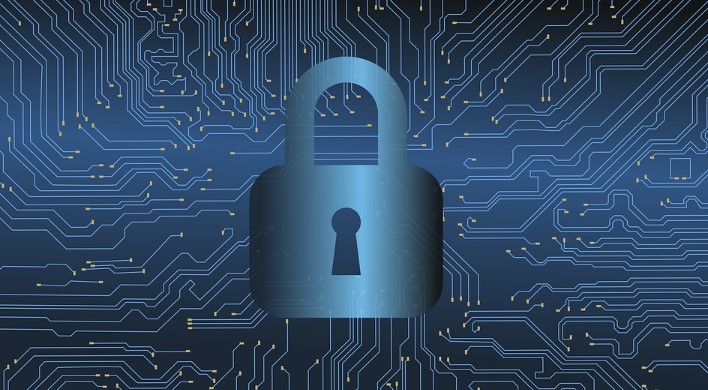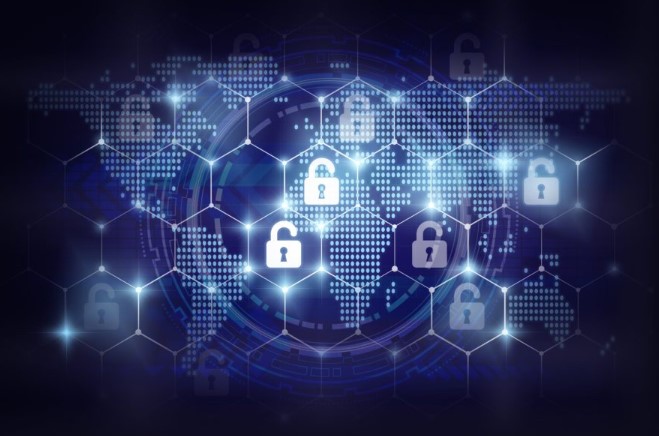Our world is flooded with numerous threats (Nuclear, Biological, Cyber e.t.c) and Cybersecurity is a major concern around the world currently as major businesses, governments, institutions as well as individuals are investing heavily to secure their infrastructures (Offline and Online). You need to be wary of your cybersecurity when using as well as when recycling your computer.
A sizable number of
these threats are known while a lot are still unknown and wreaking
havoc.
Fundamentally our approach to the issue of cybersecurity is
not usually holistic; our focus on the issue is partial and because
the approach is not holistic, hackers get to exploit the little
cracks in our security perimeter.
A good example is Company A invests heavily on application, network and disaster recovery/business continuity planning but neglect the part of End User Education. All a hacker needs to penetrate Company A’s infrastructure is Social Engineering thereby exploiting the weakest link of their infrastructure which is the End-Users.
Cybersecurity is supposed to be a coordinated effort to mitigate both known and unknown threats and is also continuous i.e. constantly reviewing the entire process/activities. The said review could be hourly, daily, weekly, monthly, yearly or even incident based. It all depends on the sensitivity of the infrastructure in question. The coordinated effort mentioned earlier can
be classified as follows:
- Network Security
- Application Security
- Information Security
- Disaster Recovery/Business Continuity Planning
- End-User Education
Network Security involves hardening of devices (OS Updates and Patches Installation), firewall installation as well as proper monitoring of the entire network with the right policies and protocols. The focus here is to eliminate all forms of vulnerability with respect to the devices on the network.

Application Security: Here, the concern is majorly around softwares that would run on all the devices on the network. Software vulnerabilities are simply errors that could degrade the Quality of Service (QoS) of any network or system. They include:
- Buffer Overflow
- Invalidated Input
- Authentication & Authorization Issues
- Poor Cryptographic Practices
These vulnerabilities are usually caused by design flaws, insufficient testing as well as framework limitations and how to mitigate them includes;
- Intensive Testing
- Patch Installation
For our infrastructure to be safe, we also need to implement the Triple-As (Authentication, Authorization and Accounting). This is the focus of information security as the goal is to filter unauthorized access to our digital assets.
No one wants to hear
of a breach/hack/theft of their digital asset but these things
happen. Infact it could be a natural disaster (Volcanic Eruption,
Tsunami, Hurricane, Flood, Civil Unrest, War) that could destroy our
digital asset but that doesn’t need to be the end as we could
recover. What if we save a copy of the said digital asset across
multiple locations and retrieve them when the need arises. That’s
the objective of Disaster Recovery/Business Continuity
Planning;
ability to recover after the incident and have the business continue.
End-User Education
is critical in all we have to do as human error alone would crumble
all that we have achieved in other areas.
Confidentiality,
Integrity and Availability is the goal when considering Cybersecurity
and a coordinated effort as enumerated above would cumulate in
achieving the CIA triad.
